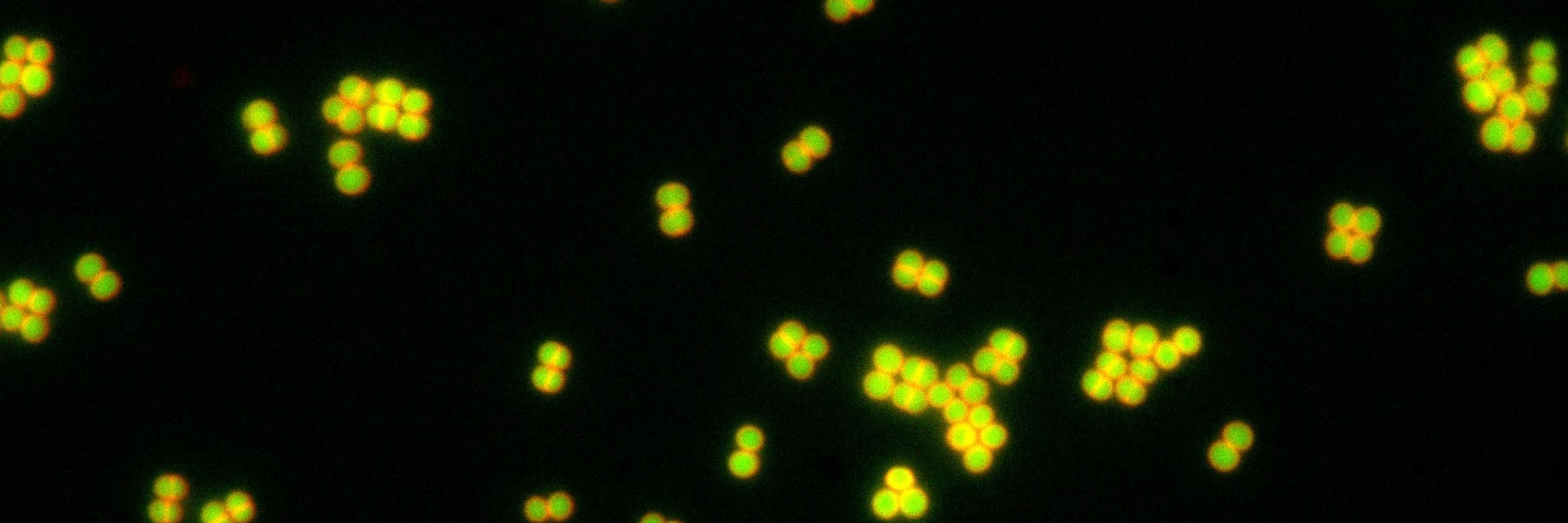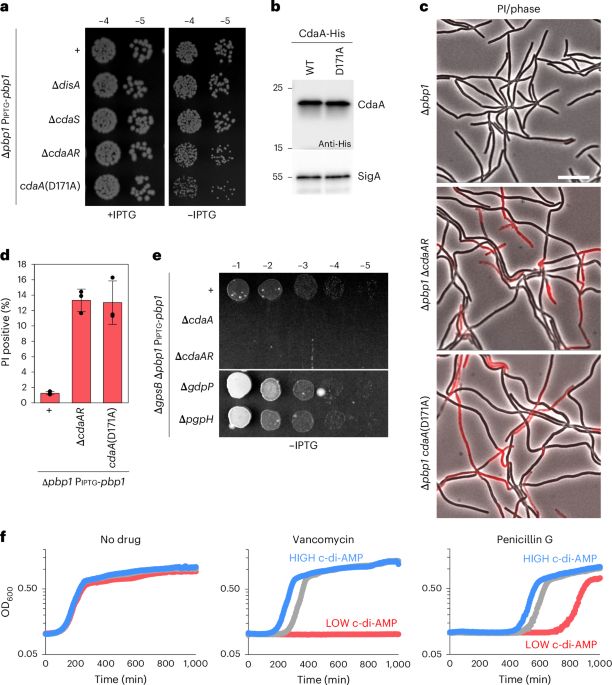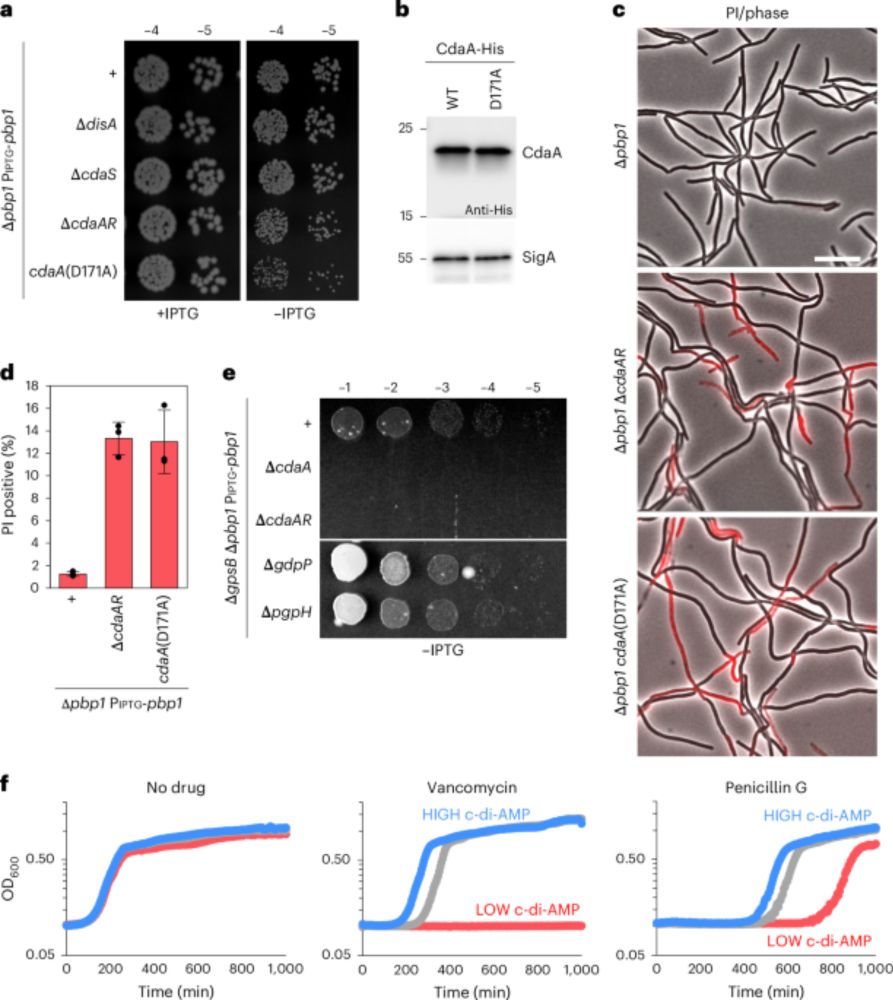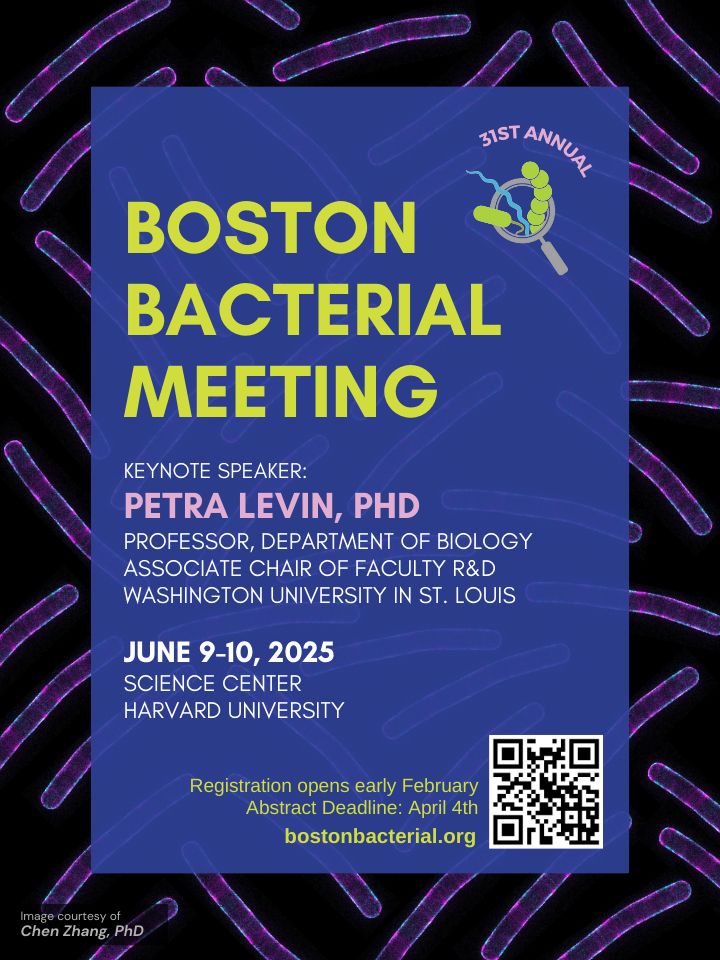


@cp-cellsystems.bsky.social #subtiwiki
www.cell.com/cell-systems...

@cp-cellsystems.bsky.social #subtiwiki
www.cell.com/cell-systems...

We challenge the long-standing view that peptidoglycan alone protects cells from bursting.
Our study shows that the periplasm — enclosed by OM–PG connections — acts as a pressure buffer essential for osmoprotection in Gram-negative bacteria.
📄 www.nature.com/articles/s41...

We challenge the long-standing view that peptidoglycan alone protects cells from bursting.
Our study shows that the periplasm — enclosed by OM–PG connections — acts as a pressure buffer essential for osmoprotection in Gram-negative bacteria.
📄 www.nature.com/articles/s41...
Congratulations, @apbrogan.bsky.social @ @harvardmed.bsky.social
@natmicrobiol.nature.com
subtiwiki.uni-goettingen.de/wiki/index.p...

Congratulations, @apbrogan.bsky.social @ @harvardmed.bsky.social
@natmicrobiol.nature.com
subtiwiki.uni-goettingen.de/wiki/index.p...
Cyclic-di-AMP modulates cellular turgor in response to defects in bacterial cell wall synthesis @harvardmicro.bsky.social
#MicroSky 🦠
www.nature.com/articles/s41...

Cyclic-di-AMP modulates cellular turgor in response to defects in bacterial cell wall synthesis @harvardmicro.bsky.social
#MicroSky 🦠
www.nature.com/articles/s41...



To divide, cells must first bend the membrane inward, a process that’s energetically expensive

To divide, cells must first bend the membrane inward, a process that’s energetically expensive

BBM 2025 will be held on June 9-10th at the Harvard Science Center feat. the one and only Dr. Petra Levin as keynote! We can't wait to see you there.
Registration and scholarship applications open next week.

BBM 2025 will be held on June 9-10th at the Harvard Science Center feat. the one and only Dr. Petra Levin as keynote! We can't wait to see you there.
Registration and scholarship applications open next week.


